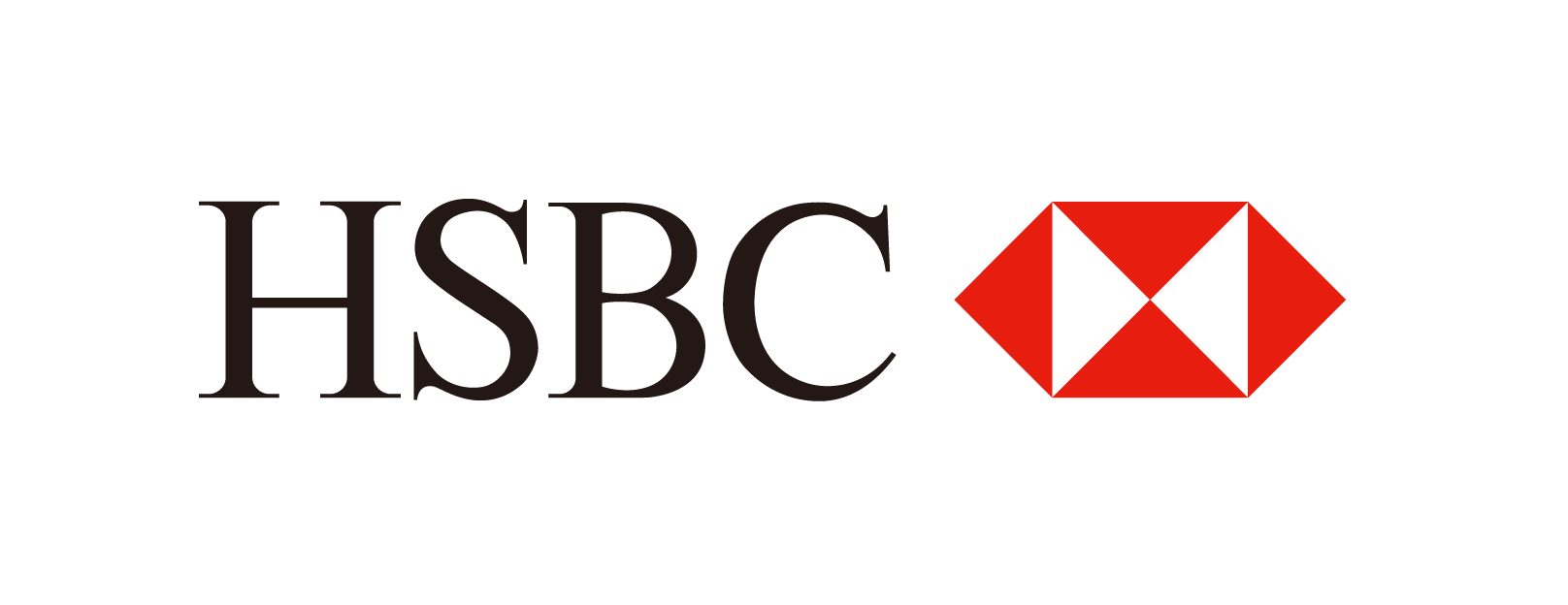
漢德百科全書 | 汉德百科全书
 United Kingdom
United Kingdom



皇家特许状(英语:Royal Charter),又译英廷敕书[1]、王室制书[2]、皇家宪章,是一种由英国君主签发的正式文书,类似于英王制诰,专门用于向个人或者法人团体授予特定的权利或者权力,不少英国城市(部分连同都会特许状)、公司、大学等重要机构都是透过颁发皇家特许状而设立。不同于令状(Warrant)及任命状(Appointment),皇家特许状一般永久有效。
Eine Royal Charter (etwa „Königliche Satzung“) wird vom britischen Souverän auf Anraten des Privy Council einer Körperschaft gewährt und verleiht ihr besonderen Status. Die Geschichte reicht zurück bis ins 13. Jahrhundert. Royal Charters wurden zum Beispiel verwendet, um Ansiedlungen den Status von Städten und Gemeinden zuzusprechen. Neue Charters werden gelegentlich auch heute noch an Städte vergeben, in der Regel bleiben sie jedoch Einrichtungen des öffentlichen Interesses wie z. B. Wohlfahrtsverbänden vorbehalten, die im jeweiligen Bereich eine Vorrangstellung innehaben und Stabilität und Dauerhaftigkeit nachweisen können. Auch viele der älteren Universitäten in England, Wales und Nordirland sind solche Körperschaften.
Es gibt mehr als 900 Körperschaften, denen Royal Charter gewährt wurde. Die Inkorporation durch Royal Charter bedeutet, dass ein Teil der Kontrolle von inneren Angelegenheiten auf das Privy Council übergeht. Änderungen der Charter sind nur mit Zustimmung des Souveräns möglich, und Änderungen der Satzung einer Körperschaft bedürfen der Zustimmung des Councils. Für die inneren Angelegenheiten der Körperschaften bedeutet dies ein erhebliches Maß an regierungsseitiger Regulierung im Sinne des öffentlichen Interesses.


 *National Academies
*National Academies
 Royal Society
Royal Society
 International Council for Science,ICSU
International Council for Science,ICSU
 Mitgliedstaaten
Mitgliedstaaten
 United Kingdom
United Kingdom

ロイヤル・ソサイエティ(Royal Society)は、現存する最も古い科学学会。1660年に国王チャールズ2世の 勅許を得て設立された。正式名称は"The President, Council, and Fellows of the Royal Society of London for Improving Natural Knowledge"(自然知識を促進するためのロンドン王立協会[1])。日本語訳ではロンドン王立協会(-おうりつきょうかい)、王立学会(おうりつがっかい)など。
この会は任意団体ではあるが、イギリスの事実上の学士院(アカデミー)としてイギリスにおける科学者の団体の頂点にあたる。また、科学審議会(Science Council)の一翼をになうことによって、イギリスの科学の運営および行政にも大いに影響をもっている。1782年創立の王立アイルランドアカデミーと密接な関係があり、1783年創立のエジンバラ王立協会とは関係が薄い。
The President, Council and Fellows of the Royal Society of London for Improving Natural Knowledge,[1] commonly known as the Royal Society, is a learned society. Founded in November 1660, it was granted a royal charter by King Charles II as "The Royal Society".[1] It is the oldest national scientific institution in the world.[2] The society is the United Kingdom's and Commonwealth of Nations' Academy of Sciences and fulfils a number of roles: promoting science and its benefits, recognising excellence in science, supporting outstanding science, providing scientific advice for policy, fostering international and global co-operation, education and public engagement.
The society is governed by its Council, which is chaired by the Society's President, according to a set of statutes and standing orders. The members of Council and the President are elected from and by its Fellows, the basic members of the society, who are themselves elected by existing Fellows. As of 2016, there are about 1,600 fellows, allowed to use the postnominal title FRS (Fellow of the Royal Society), with up to 52 new fellows appointed each year. There are also royal fellows, honorary fellows and foreign members, the last of which are allowed to use the postnominal title ForMemRS (Foreign Member of the Royal Society). The Royal Society President is Venkatraman Ramakrishnan, who took up the post on 30 November 2015.[3]
Since 1967, the society has been based at 6–9 Carlton House Terrace, a Grade I listed building in central London which was previously used by the Embassy of Germany, London.
La Royal Society, dont le nom officiel est Royal Society of London for the Improvement of Natural Knowledge et que l'on peut traduire littéralement par « Société royale de Londres pour l'amélioration des connaissances naturelles », est une institution fondée en 1660 siégeant au Carlton House Terrace à Londres et destinée à la promotion des sciences. Cette société savante est l’équivalent de l’Académie des sciences en France.
La Royal Irish Academy, fondée en 1782, lui est affiliée. La Royal Society of Edinburgh, fondée en 1783, est une institution écossaise indépendante.
La Royal Society – formalmente The President, Council, and Fellows of the Royal Society of London for Improving Natural Knowledge ("Il presidente, il consiglio e i membri della Reale Società londinese per lo sviluppo della conoscenza naturale") – è un'associazione scientifica britannica, fondata il 28 novembre 1660 per iniziativa di John Evelyn e altri accademici allo scopo di promuovere l'eccellenza scientifica come viatico per il benessere della società; altri membri fondatori furono Christopher Wren, Robert Boyle, John Wilkins e William Brouncker. Si tratta della più antica associazione accademica esistente, e ricevette la patente reale con un decreto di Carlo II.
La Real Sociedad de Londres para el Avance de la Ciencia Natural (en inglés Royal Society of London for Improving Natural Knowledge, o simplemente la Royal Society) es la sociedad científica más antigua del Reino Unido y una de las más antiguas de Europa. Aunque se suele considerar el año 1660 como el de su fundación, años antes ya existía un grupo de científicos que se reunía con cierta periodicidad.
Mantiene estrechas relaciones con la Academia Real Irlandesa, fundada en 1782, mientras que la Sociedad Real de Edimburgo, fundada en 1783, se mantiene como una institución escocesa independiente. A pesar de ser una institución privada e independiente hace las veces de Academia Nacional de Ciencias en Reino Unido y es miembro del Consejo Científico Británico, formado en 2000.
El 18 de mayo de 2011, fue galardonada con el Premio Príncipe de Asturias de Comunicación y Humanidades.1
Ло́ндонское короле́вское о́бщество по разви́тию зна́ний о приро́де, в просторечии Королевское общество (англ. The Royal Society of London for the Improvement of Natural Knowledge) — ведущее научное общество Великобритании, одно из старейших научных обществ в мире; создано в 1660 году и утверждено королевской хартией в 1662 году. Девиз общества — «Nullius in verba» (с лат. — «Ничего со слов») — означает, что доказательством должны служить эксперименты, расчёты, но никак не слова авторитетов.
Будучи частной организацией, существующей на субвенции от правительства, играет важную роль в организации и развитии научных исследований в Великобритании и действует как совещательный орган при решении основных вопросов научной политики, выступая в качестве британской академии наук. Входит в британский Совет по науке. Насчитывает свыше тысячи членов.
Общество издаёт журнал Philosophical Transactions of the Royal Society (Phil. Trans.) — один из старейших научных журналов мира — с 1665 года[1].




Der Wellington Arch, auch bekannt als Constitution Arch oder (ursprünglich) Green Park Arch, ist ein Triumphbogen am Verkehrsknotenpunkt Hyde Park Corner am südöstlichen Ende des Hyde Park in London. Gemeinsam mit dem nahegelegenen Marble Arch wurde er 1825 von Georg IV. in Auftrag gegeben, um an die britischen Siege in den Napoleonischen Kriegen zu erinnern. Der Wellington Arch war auch als äußeres Durchgangstor zum Constitution Hill und somit als Großportal zur Stadtmitte aus Richtung Westen vorgesehen.
惠灵顿凯旋门/威灵顿拱门(英语:Wellington Arch),也称宪法拱门(Constitution Arch)或绿园拱门(Green Park Arch,亦是其本来的名称)是位于英国伦敦市中心海德公园南部,绿园西部一角(现在实际上独立为一座交通岛)的一座凯旋门。
 England
England

 Financial
Financial

 Financial
Financial
 ***Investment bank
***Investment bank

 Companies
Companies
 *Centuries-old companies in the world
*Centuries-old companies in the world
 United Kingdom
United Kingdom

 Economy and trade
Economy and trade

Die Bank HSBC (Hongkong & Shanghai Banking Corporation Holdings PLC) ist eine international agierende Großbank mit Sitz in London. Mit einem Umsatz von 74 Milliarden US-Dollar, bei einem Gewinn von 22,2 Mrd. USD, steht die HSBC laut den Forbes Global 2000 auf Platz 8 der weltgrößten Banken. Gleichzeitig ist HSBC die größte europäische Bank (Stand: Jahr 2023). Das Unternehmen hat eine Bilanzsumme von 2.951 Mrd. USD und erzielte Anfang 2018 eine Marktkapitalisierung von ca. 200 Mrd. USD.[4] Die Investmentgesellschaft der Bank (HSBC Asset Management) verwaltet 765 Mrd. USD (AUM).[5]
Die Schweizer Tochtergesellschaft, HSBC Private Bank (Suisse), steht laut Ermittlungen der Eidgenössischen Finanzmarktaufsicht (FINMA) im Verdacht der jahrelangen Geldwäsche.[6][7] Österreich-Vertretung ist die „HSBC Global Asset Management (Österreich)“.
HSBC ist eine der Großbanken, die vom Financial Stability Board (FSB) als „systemically important financial institution“ (systemisch bedeutsames Finanzinstitut) eingestuft wurden.[8] Sie unterliegt damit einer besonderen Überwachung und strengeren Anforderungen an die Ausstattung mit Eigenkapital.
汇丰控股有限公司(HSBC Holdings plc)为汇丰集团(HSBC Group)的控股公司,总部设于英国伦敦,为规模最大的欧系银行,汇控1991年才正式成立,但旗下汇丰银行已有超过160年的历史。汇丰是全球规模最大的银行及金融服务机构之一,于2018年5月20日,市值高达1980亿美元。汇丰业务根基深厚,国际网络遍及全球六大区域,在欧洲、香港、亚太地区、中东、北美洲和拉丁美洲的64国家和地区设有约4000个办事处,其金融服务客户超过五千万名。
汇丰银行在全球经营工商金融业务部(Commercial Banking)、环球银行及资本市场业务部(Global Banking and Markets)和财富管理及个人银行业务部(Wealth and Personal Banking)三大业务。 其名字源于1865年于香港创立的创始成员——香港上海汇丰银行有限公司(The Hongkong and Shanghai Banking Corporation Limited,简称HSBC、HongkongBank)。最初是为在远东的英国公司提供金融服务,现在已经发展成跨国金融机构,70%以上的营业额来自英国以外地区。
 Art
Art
 Sport
Sport
 Ships and Nautics
Ships and Nautics
 Life and Style
Life and Style
 Science and technology
Science and technology
 Architecture
Architecture
 History
History
